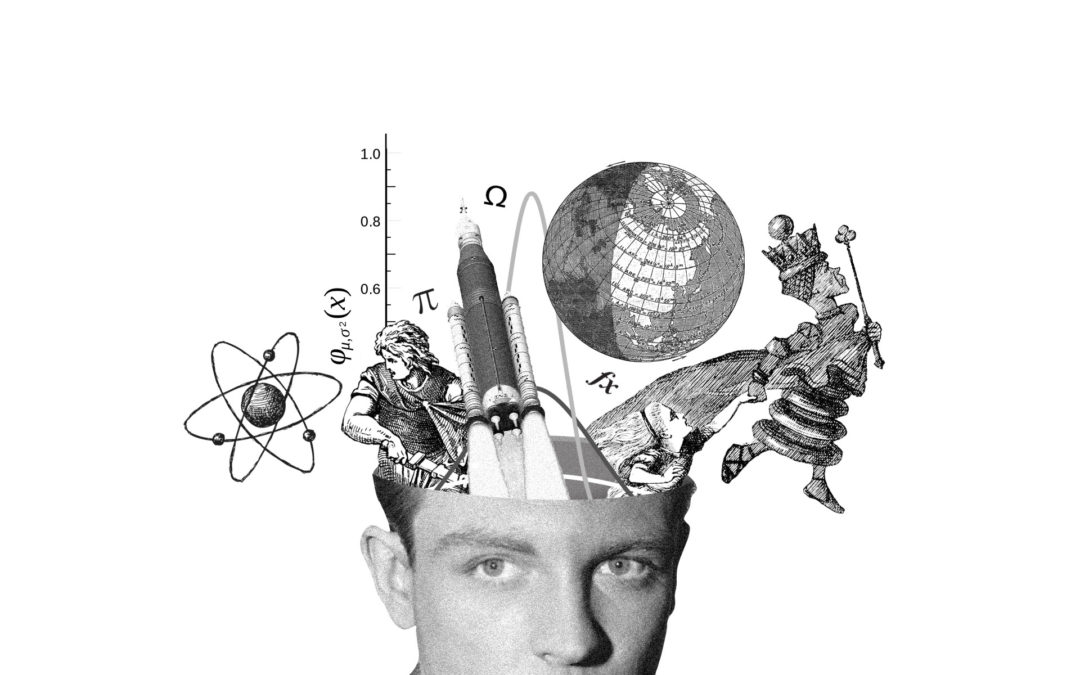When Qantas Flight 32 managed to land safely with four hundred and forty passengers aboard, after two engines failed and nearly all essential flying systems were inoperant, it became known as the worst midair mechanical disaster in modern aviation.
Barbara Burian, a research psychologist at NASA who studied flight 32, attributes the successful landing to the captain’s change of Mental Model at a critical moment during the flight crisis.
But what did he do?
During the chaos, Captain de Crespigny had a brilliant idea: he asked himself: “What if I imagine this plane as a Cessna?”. A Cessna is a small single-engine aircraft, loved by new pilots, tiny when compared to an Airbus, but it has the same essential controls of every plane. So De Crespigny decided to fly an airbus ignoring all the alarming signals from the defective equipment and to focus on what was working. He chose a mental model that was well established for him and could work better in this situation, and it did work.
The mental models you choose to run your business can make the difference between a major disaster or a safe landing on your objectives.
A Mental Model is a particular way you see and deal with a situation. We all operate with mental models the whole time, for absolutely everything. As you repeat the use of a mental model, it becomes intuitive for you, meaning that now it dwells in your subconscious mind.
The great news is that you can learn and collect new mental models for the kind of problems you face in your life and work, and they become new tools to solve those situations.
To have not just one, but many mental models to sort a problem, is like having now a whole toolbox available to you, instead of only a screwdriver.
To organise my mental models, I use a straightforward structure that I represent by the letters PPQ – Problem, Principle, Question.
I first decide what kind of problem that mental model can help me solve. Second, I register the principle involved. And usually, I establish a Connecting Question, that will link the Problem to the Principle.
For example:
One of my favourite Mental Models is called “Start With The End in Mind”, based on Stephen Coveys’s famous book “The 7 Habits of Highly Effective People”.
Let’s create the basic structure for our Mental Model:
The kind of PROBLEM it solves – anything you want to plan.
The PRINCIPLE involved here – Everything is created twice, first in your mind, and then in the physical world.
The Connecting Question: How do I want it to be when it is finished?
So whenever I am planning something, I ask the question above, and that will quickstart my work. It became a habit for me.
You can replicate this very simple structured to create dozens of mental models for the problems you usually face. Once they are repeatedly used, they become potent thinking habits for problem-solving.
Conclusion
I see mental models as a way to organize information and knowledge. It gives them a category to allow for easier retrieval. The idea is to collect and categorize them according to utility, as you would do with a large set of tools.
The more mental models you collect, the better equipped you are to make decisions.
As you keep using different mental models, they become a habit of though. You start using them without having to recollect them from memory, they become part of your intuitive thinking. For me, this is like an upgrade on my thinking.
Feel free to leave your comments or contact me for more information.


Recent Comments